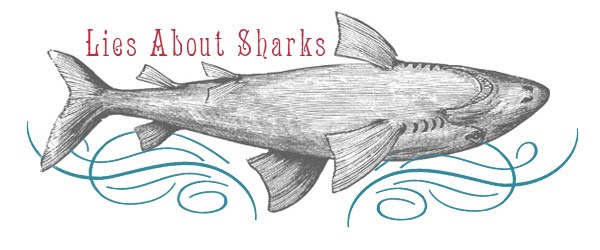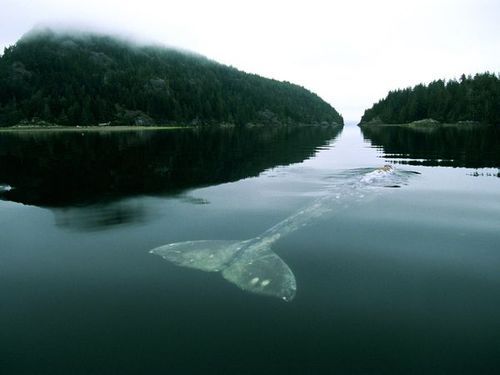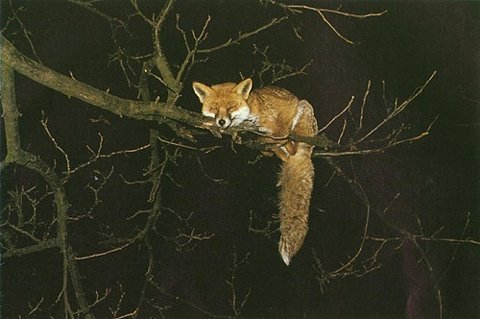I thought this was appropriate, since this evening I have plans to indulge, yet again, in one of my favorite movies: The Hours.

A beautiful and brilliant take on Woolf's, Mrs. Dalloway, The Hours blows my mind every time I watch it. A must see for book nerds.
So in honor of that film, read on about Virginia Woolf's joining the Bloomsbury Group. (Thank you http://www.history.com/this-day-in-history/
On this day in 1924, Virginia Woolf and her husband buy a house at 52 Tavistock Square, in the Bloomsbury district of London near the British Museum. Woolf had been associated with the district since 1902, when she took a house in the area with her three siblings after their father's death. She had remained in the neighborhood, becoming a central character of the "Bloomsbury Group," a set of writers and thinkers including biographer Lytton Strachey and writer E.M. Forster.
Woolf, born in 1882, grew up surrounded by intellectuals. The Bloomsbury set embraced progressive intellectual ideas and sexual liberty: Many of the group, including Woolf herself, were bisexual or homosexual. Woolf became a regular contributor to the Times Literary Supplement and also took odd jobs to support herself until she inherited a comfortable income from an aunt.
Virginia married writer and social reformer Leonard Woolf in 1912. The couple established the Hogarth Press in their dining room several years later. In addition to Virginia Woolf's later novels, the press also published T.S. Eliot and translations of Chekhov and Dostoevsky.
Woolf published her groundbreaking novel Mrs. Dalloway in 1925. Its stream-of-consciousness structure deeply influenced later writers. That same year, she fell in love with poet Vita Sackville-West, who was married to the bisexual diplomat and author Harold Nichols. The affair inspired Woolf's most whimsical work, Orlando. Woolf wrote several more novels as well as social and literary criticism. However, she suffered from depression and mental illness all her life. In 1941, fearful for her own sanity and afraid of the coming world war, she filled her pockets with rocks and drowned herself.











